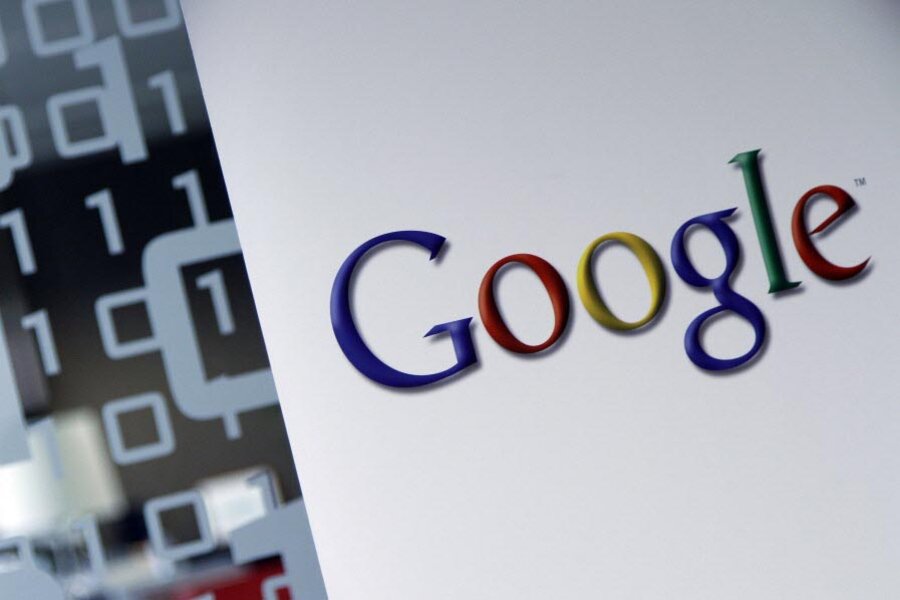Google Sidewalk Labs: how private companies are trying to improve cities
Loading...
With half the world’s population living in urban areas, cities are scrambling to invent new ways to make life bearable in traffic-ridden, highly populated metropolises.
This week, Google announced the launch of a new start-up dedicated to doing just that – making cities easier to live in. Sidewalk Labs, a new incubator that focuses on urban technologies, will seek new ways to address issues like cost of living, efficient energy use, and transportation in some of the world’s busiest cities.
“Many of you are reading this post while living in a city. And you can probably think of a ton of ways you’d like your city to be better – more affordable housing, better public transport, less pollution, more parks and green spaces, safer biking paths, a shorter commute ... the list goes on!” wrote Larry Page, co-founder of Google Inc., in a blog post. “I feel an amazing sense of opportunity because of all the ways technology can help transform cities to be more livable, flexible and vibrant.”
But Google isn’t the only company experimenting with ways to use technology to create so-called smart cities.
Last year, the city of San Jose, Calif., partnered with the technology company Intel to monitor everything from air and water quality to traffic and parking management. The city installed sensors in strategic places that send data to the cloud. The data were then used to create real-time reports that the local municipality can use to ensure that policymaking and urban planning are based on accurate and up-to-date data.
"To help improve quality of life in San Jose, we're exploring new ways of capturing and sharing localized information to our residents," Kerrie Romanow, director of San Jose’s environmental services department, told the Silicon Valley Business Journal at the time.
These types of public-private partnerships have helped spearhead improvements in other cities around the world, too.
In 2011, another US company, Cisco Systems, partnered with the city of Barcelona, Spain, to create Smart City Barcelona, an initiative that aims to harness new communication technologies to ensure that the city’s services and resources are managed efficiently.
As part of the project, Barcelona created a citywide operating system to collate and analyze data collected from the sensor technology that already existed across the cityscape. Local government officials and Cisco representatives touted the project as a way to anticipate problems and find appropriate solutions.
In a similar vein, Finnish design companies Nordkapp and Urbanscale partnered to create Urbanflow Helsinki in 2011, a virtual operating system for everyday life in the Finnish capital. Similar to the project in San Jose, Urbanflow allows a user to see information about energy consumption, traffic density, air quality, and even municipal works as they navigate the site’s city map. But instead of functioning like any other digital map, Urbanflow can be customized to fit an individual's needs, such as finding a lighted pedestrian pathway or avoiding heavy smog areas.
“The benefits of this are significant. City officials and municipal governments are provided with a completely new way to connect with citizens and visitors and a city that is more connected to its people works and feels better,” reads Urbanflow’s website.
Like Cisco, IBM created its own Smarter Cities initiative for urban areas across the United States. The initiative, which began gathering momentum in 2009, aims to use big data and analytics to provide insights into how to best manage water and energy resources and how to create well-informed city plans. The data are stored in IBM’s cloud.
India is investing heavily in building dozens of smart cities from the ground up, Reuters reports. In each of these initiatives, the availability of real-time data is a core component.
Meanwhile, academic hubs such as New York University’s Center for Urban Science and Progress and the University of Chicago’s Urban Center for Computation and Data are also focusing on how modern technology can make information available and improve cities.
While Google’s Sidewalk Labs is still in its infancy, the company’s substantial resources and impressive track record provide some clues as to what can be expected.
Sidewalk Labs will be led by Daniel Doctoroff, former chief executive officer of Bloomberg LP and former deputy mayor of New York.
“We’re on the verge of a historic moment for cities,” Mr. Doctoroff told The New York Times.
An estimated 5 billion people will live in cities within the next 15 years, according to the United Nations Population Fund.








